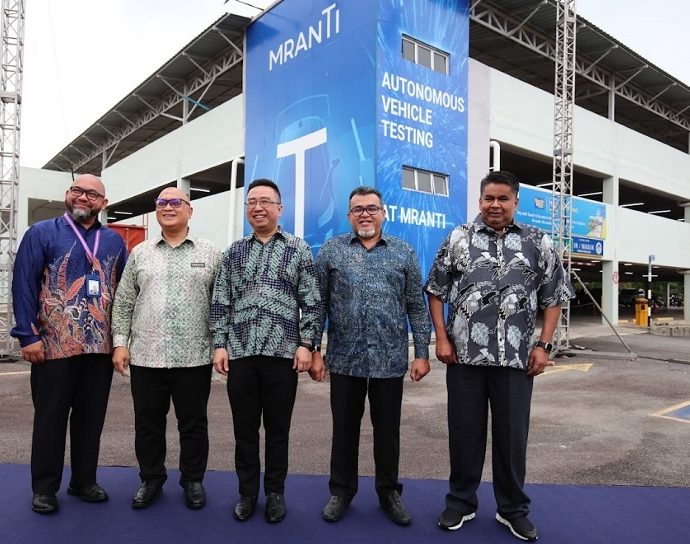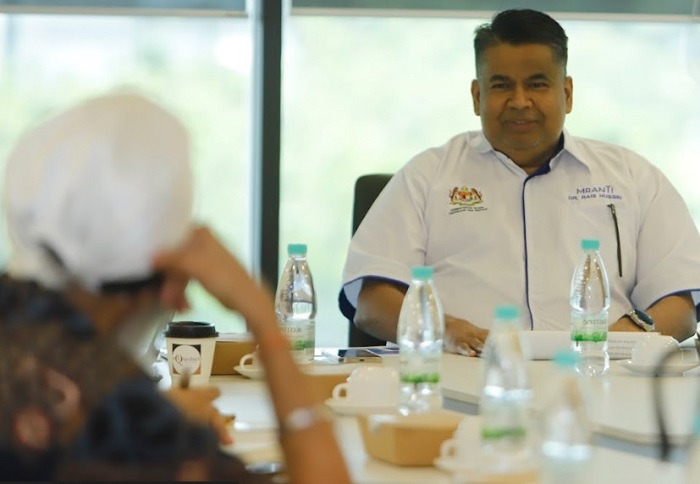PasarPolis reports 2x growth surge, 250% GWP rise, eyes profitability and sustainability on path to become Southeast Asia’s tech giant
- Anticipates revenue growth at CAGR of 50% in next four years
- Expanded operations beyond Indonesia into Vietnam, Thailand & another SEA country
PasarPolis, a leading Insurtech company in Southeast Asia, recently announced significant milestones, growth, and expansion plans following its financial performance. The company reported a 2x revenue growth since its last funding round in 2023. Additionally, the startup maintained a positive gross margin since its first year of operation, demonstrating its financial strength and stability. The fiscal year also marked record growth for PasarPolis, with Gross Written Premium (GWP) increasing by 250%.
According to PasarPolis, it has issued over 2 billion policies since its inception. Notably, during this period, the company experienced faster growth compared to other insurtech companies, despite the latter holding a higher market share within Indonesia and Southeast Asia’s Insurtech startup sector.
Therefore, with a strong focus on building sustainable business operations and expanding its market reach, the company said it is well-positioned for profitability in the near future.
Cleosent Randing, founder of PasarPolis, stated, “We are thrilled to announce our growth and expansion plans. Our commitment to innovation, sustainability, and customer-centric solutions has been pivotal in driving our success. Therefore, as we continue to push boundaries and set new standards in the Insurtech industry, we are confident in our ability to achieve sustained profitability while making a positive impact on the communities we serve.”
In addition to its financial achievements, PasarPolis has been instrumental in shaping the trajectory of Indonesia’s Insurtech landscape. A recent industry report projects a 4x growth for the sector from 2021 to 2026, indicating the potential for a multi-billion-dollar gross premium size.
Cleosent further explains PasarPolis’ strategic investments in underwriting capabilities, cost efficiency optimisation, and revenue generation, highlighting the company’s proactive approach to maximizing profits and ensuring long-term sustainability in the dynamic Insurtech landscape.
“Our primary aim extends beyond merely boosting revenue; we’re focused on enhancing the economics across all our business lines. Over the next four years, we anticipate revenue growth at a compound annual growth rate of 50%. Additionally, we plan to fully underwrite all our products within this period, to significantly enhance our Ebitda margin,” he added.
‘Another significant driver for our business is strengthening the model of Managing General Agent (MGA), where with this model, we play a crucial role in promoting additional products to our captive customers. The MGA model will also become an invaluable asset to our partners, including, Shopee, GoTo, and Home Credit,” Cleosent said.
These strategic moves have yielded substantial business growth for the PasarPolis ecosystem. In 2023, the company’s agency revenue and the sales of insurance products through its underwriting partner experienced month-over-month triple-digit percentage growth.
Moreover, PasarPolis has successfully expanded its operations beyond Indonesia into burgeoning Southeast Asian markets such as Vietnam, Thailand, and another Southeast Asian country. With promising growth metrics and increasing market penetration in these regions, PasarPolis solidifies its position as a regional leader in the Insurtech industry, paving the way for further innovation and market expansion.
As PasarPolis continues its trajectory of growth and strategic expansion, the company remains steadfast in its commitment to driving profitability, sustainability, and innovation. With a strong foundation built on financial stability, market leadership, and forward-thinking strategies, PasarPolis is poised to emerge as Southeast Asia’s foremost Insurtech powerhouse, shaping the future of insurance across the region.

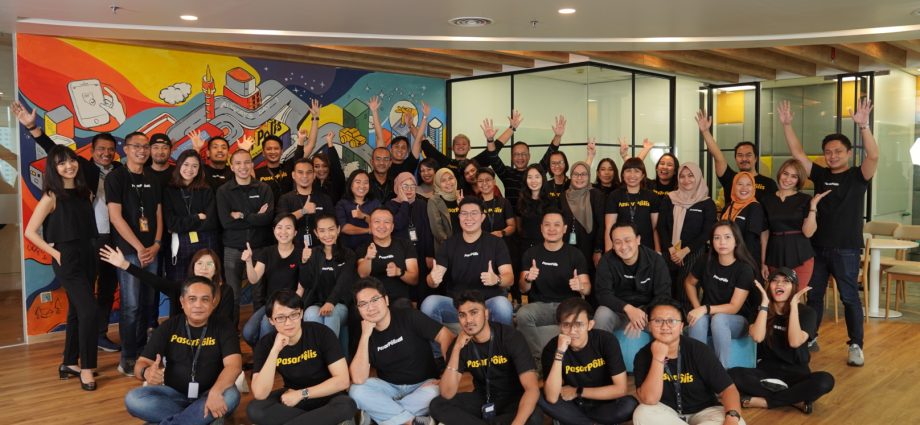
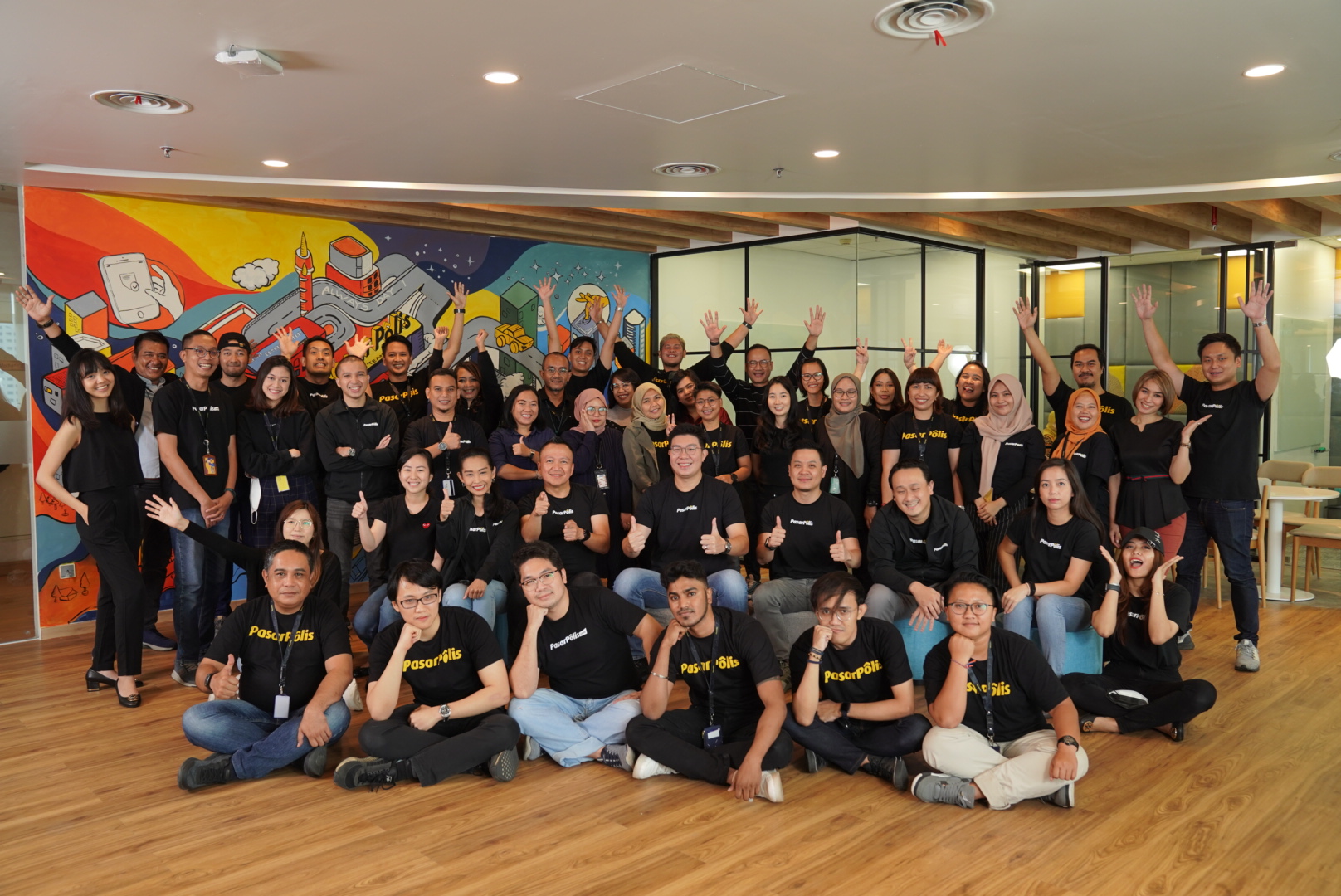
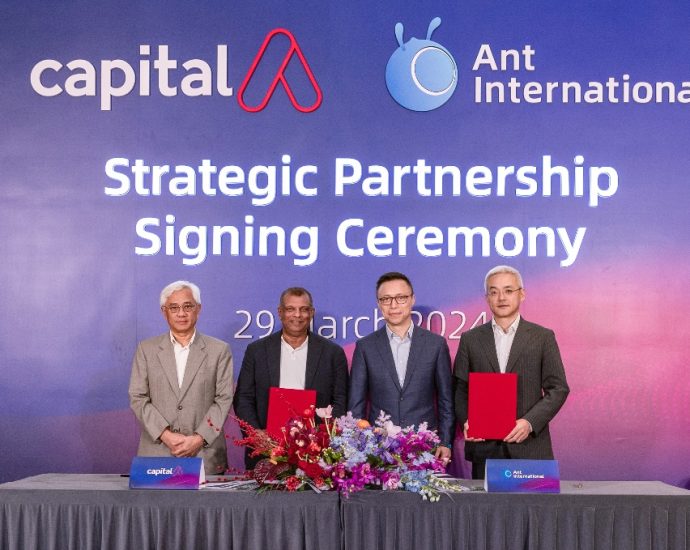
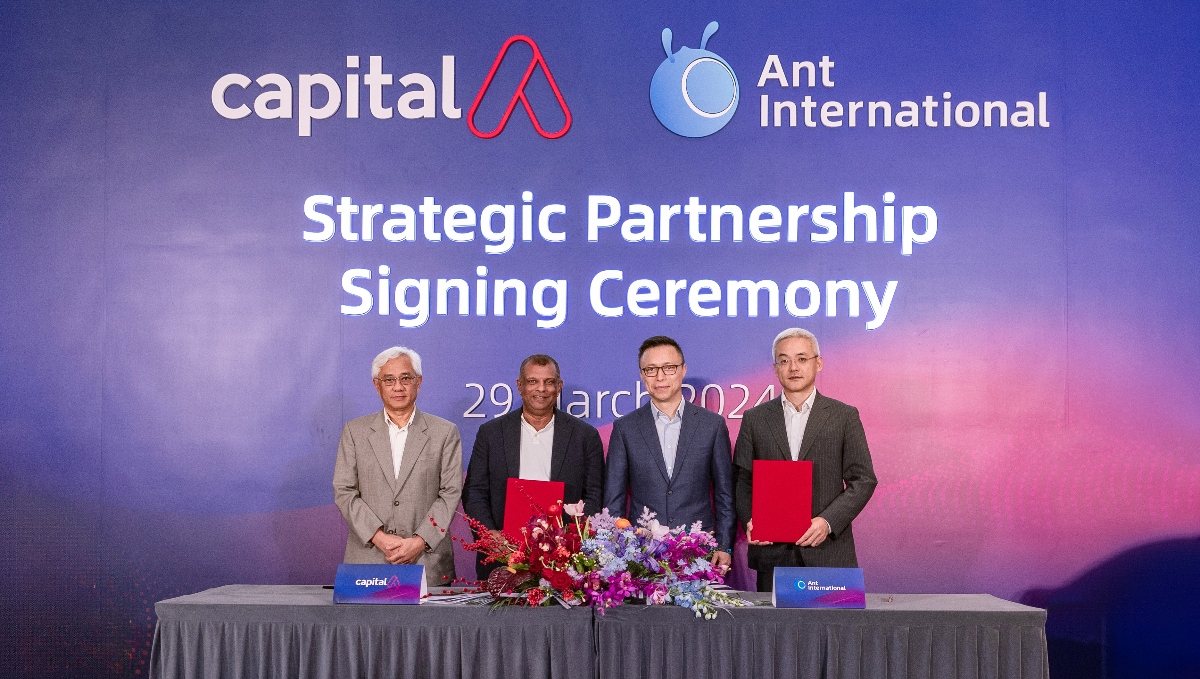








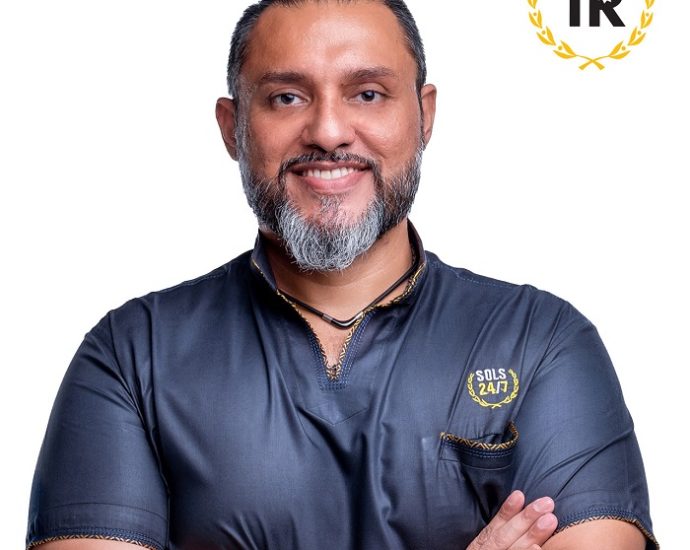

 ” Our commitment to empowering people on their path to sustainability and a brighter future is unwavering,” said Raj Ridvan Singh ( pic ), founder-CEO of SOLS Energy. ” That’s why we are revolutionizing the affordability and availability of solar energy for everyone,” he said. Through our Home Solar Subscription Plan, we’re breaking over barriers to renewable implementation. The transition to renewable energy is made simple by this program, giving householders a smooth transition. By embracing renewable energy, homeowners not only have complete control over their energy consumption, but they also have a significant impact on promoting good economic change. They will significantly reduce their carbon footprint while enabling generations to come with a cleaner, greener coming.
” Our commitment to empowering people on their path to sustainability and a brighter future is unwavering,” said Raj Ridvan Singh ( pic ), founder-CEO of SOLS Energy. ” That’s why we are revolutionizing the affordability and availability of solar energy for everyone,” he said. Through our Home Solar Subscription Plan, we’re breaking over barriers to renewable implementation. The transition to renewable energy is made simple by this program, giving householders a smooth transition. By embracing renewable energy, homeowners not only have complete control over their energy consumption, but they also have a significant impact on promoting good economic change. They will significantly reduce their carbon footprint while enabling generations to come with a cleaner, greener coming.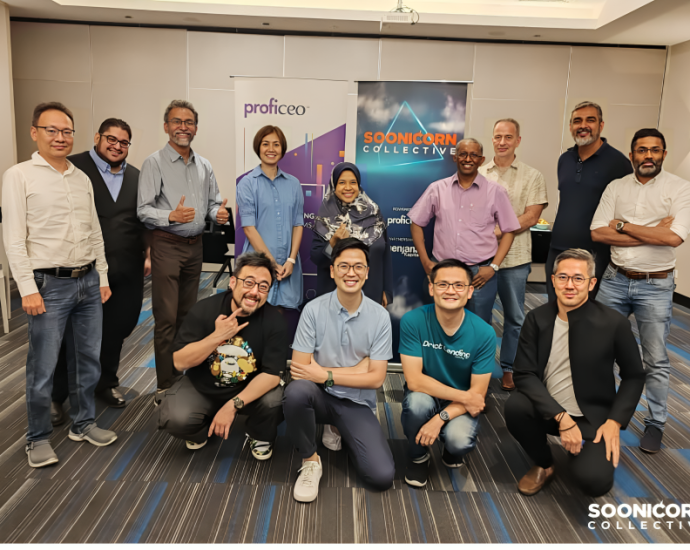
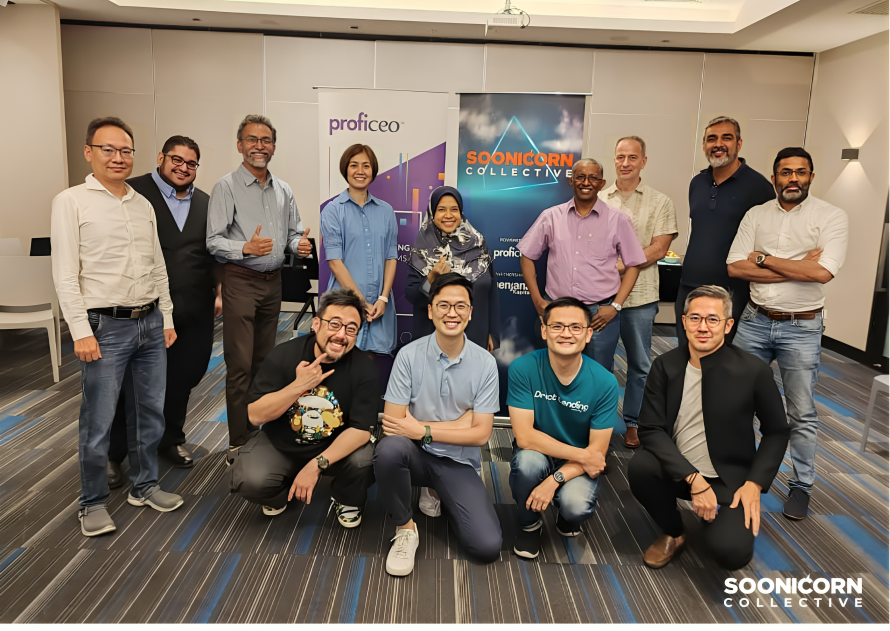
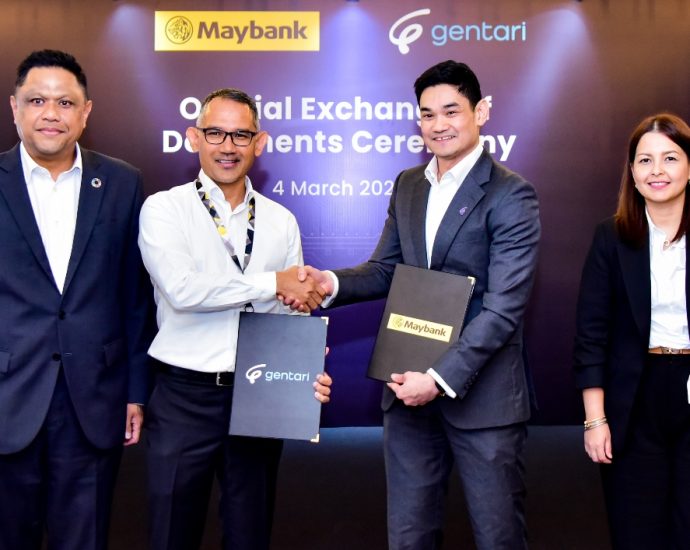
.jpg)
